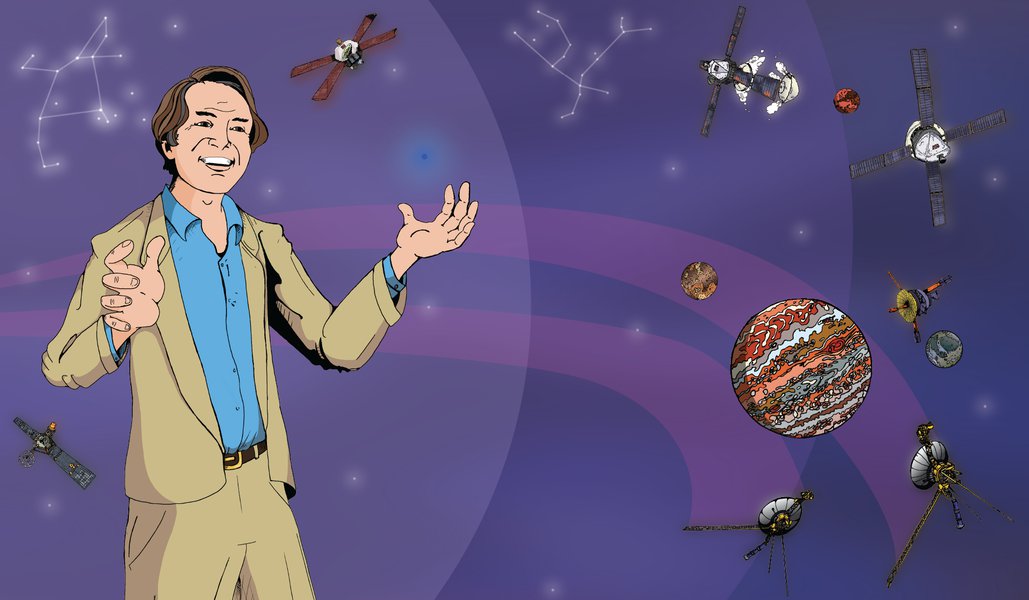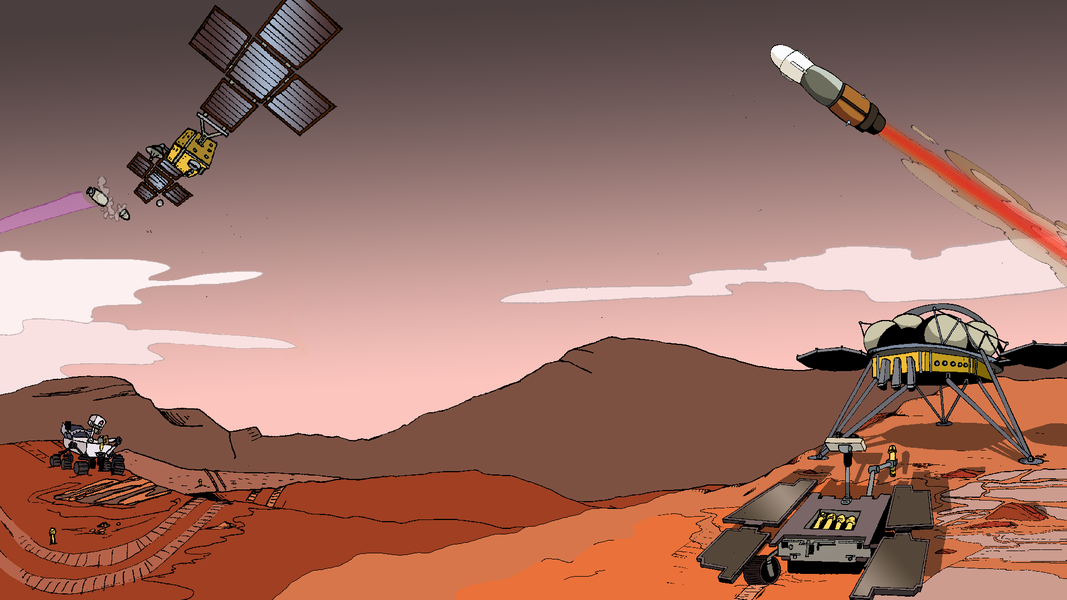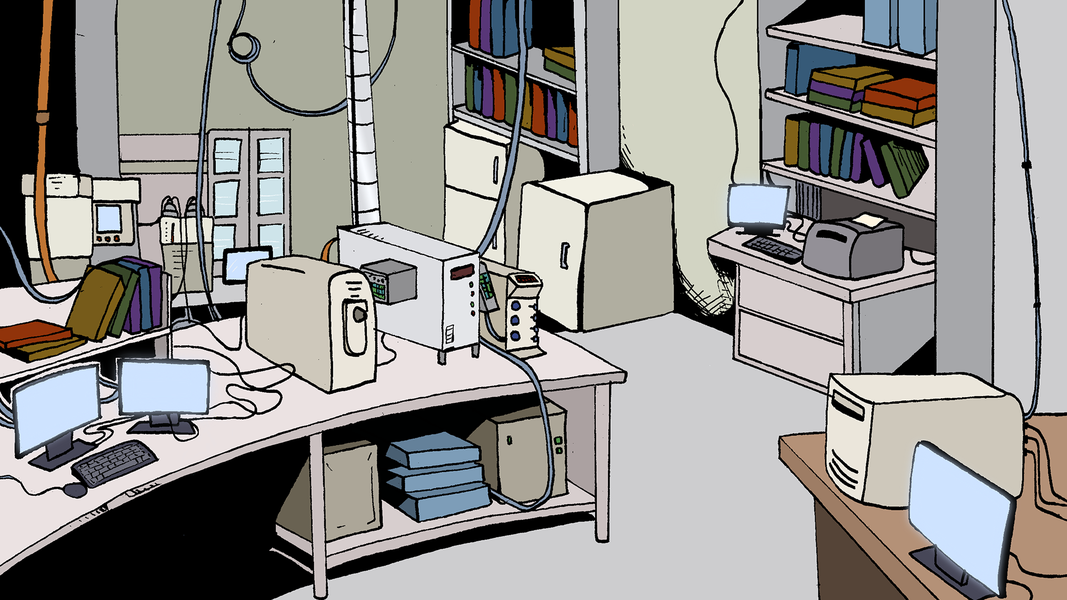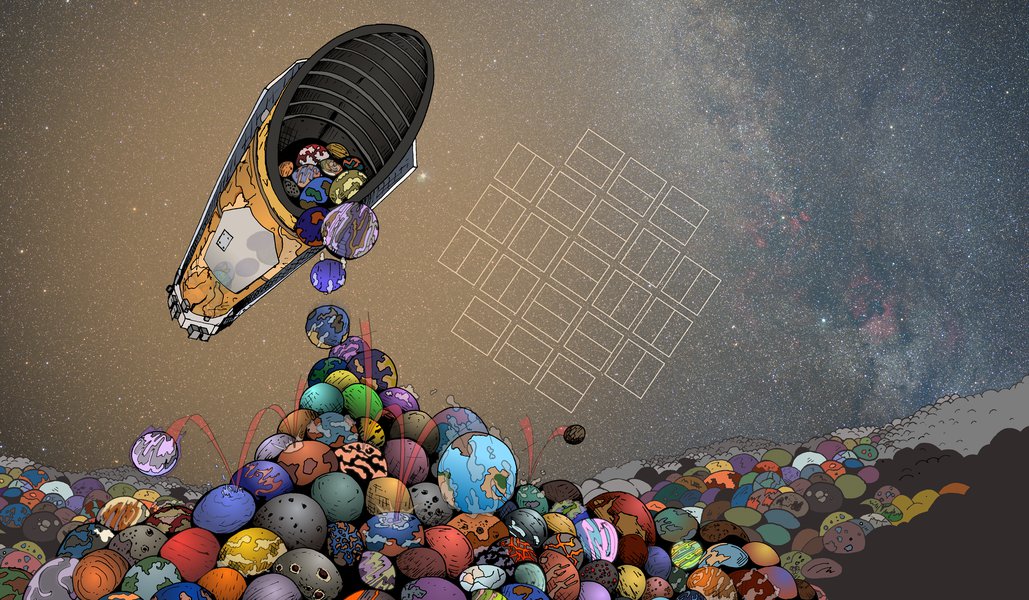Below you find a collection of digital backgrounds and wallpapers available from the NASA Astrobiology Program. Download them for your computers, phones, or videoconferences today and celebrate your interest in the origin and evolution of life on Earth and the potential for life in the Universe!

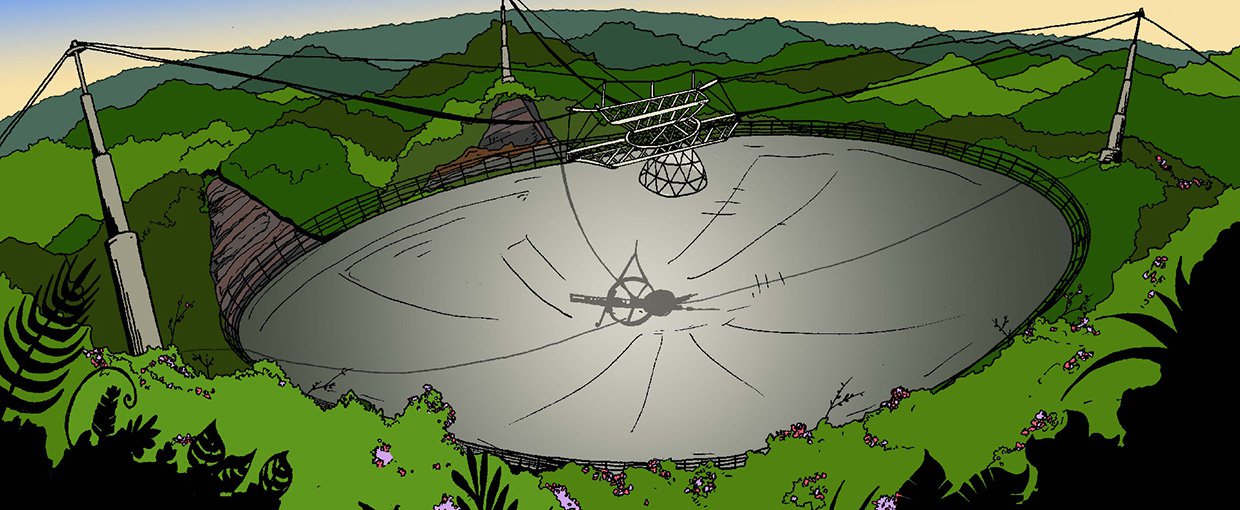
Digital Backgrounds
Check out the collection of astrobiology digital backgrounds!
Carl Sagan, An Astrobiology Hero
Click here to download the Carl Sagan digital background from the NASA Astrobiology Program. (Desktop Wallpaper, Videoconference Background). Carl Sagan also features in the Astrobiology Heroes Presents series.
Lynn Margulis, An Astrobiology Hero
Click here to download the Lynn Margulis digital background from the NASA Astrobiology Program. (Desktop Wallpaper, Videoconference Background). Lynn Margulis also features in the Astrobiology Heroes Presents series.
Astrobiology Issue #8: Mission Medley
Click here to download the Mission to Mars Medley digital background from the NASA Astrobiology Program. (Desktop Wallpaper, Videoconference Background)
Mars Sample Return
Click here to download the Mars Sample Return digital background from the NASA Astrobiology Program. (Desktop Wallpaper, Videoconference Background)
Arecibo Observatory Radio Telescope, Puerto Rico.
Click here to download the Arecibo Observatory digital background from the NASA Astrobiology Program. (Desktop Wallpaper, Videoconference Background)
Astrobiology Lab at NASA’s Goddard Space Flight Center
Click here to download the Astrobiology Lab digital background from the NASA Astrobiology Program. (Desktop Wallpaper, Videoconference Background)
Earth Day: Celebrating the Earth and its Biosphere
Click here to download the Earth Day digital background from the NASA Astrobiology Program. (Desktop Wallpaper, Videoconference Background)
Alvin – The Deep Ocean Submersible Explorer
Click here to download the Alvin digital background. (Desktop Wallpaper, Videoconference Background)
Click here to download the portrait image of Alvin. (Phone Wallpaper)
Kepler – Eyes on Exoplanets
Click here to download the Kepler digital background. (Desktop Wallpaper, Videoconference Background)
Click here to download the portrait image of Kepler. (Phone Wallpaper)
Perseverance and Ingenuity
Click here to download the Perseverance and Ingenuity digital background. (Desktop Wallpaper, Videoconference Background)
Click here to download the portrait image of Perseverance and Ingenuity. (Phone Wallpaper)
